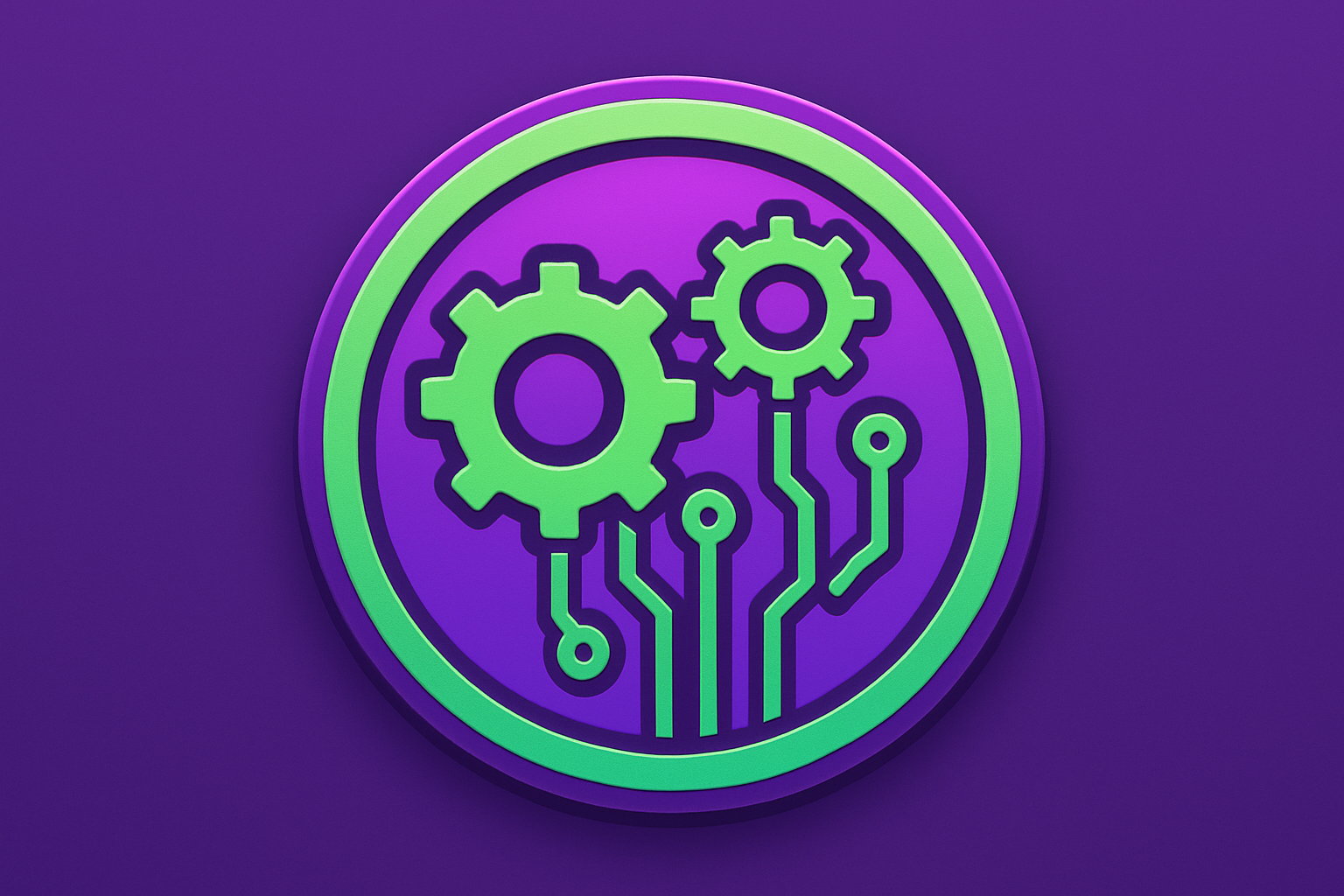Introduction
Friends, if you’ve ever dipped your toes into the world of cryptocurrency, you might have come across the term blockchain forks and wondered what that even means. Maybe you read about Bitcoin “forking” into Bitcoin Cash or heard about Ethereum’s upgrade causing a fork in its network. It sounds technical and confusing, but don’t worry—understanding blockchain forks is an essential part of grasping how digital currency works and how the community around cryptocurrencies evolves.
So, why should you care about blockchain forks? Because they show how cryptocurrencies adapt, change, and sometimes split into new projects. Forks can affect your holdings, trading choices, and the future value of your coins. If you’re building your knowledge on crypto basics or want to dive deeper, getting a handle on forks is a smart move.
In this beginner guide, we will break down what blockchain forks are, why they happen, and how they impact the crypto world. We’ll also share helpful examples, practical tips, and clear explanations so you feel confident navigating this area. Ready to demystify forks and see how they fit into the bigger crypto picture? Let’s get started!
What Are Blockchain Forks?
At its core, a blockchain is a digital ledger that records transactions transparently across a network. Every transaction is bundled into a block, and these blocks are linked in chronological order—hence the name "blockchain." Now, what happens when the rules that govern the blockchain change? Or when the community behind the blockchain can’t agree on a shared set of rules?
This is where blockchain forks come into play.
A blockchain fork is essentially a split or divergence in the blockchain network. Imagine two groups of people trying to write the same story but with different endings. When these groups disagree on how to continue, they each write their own version, creating two different storylines.
In blockchain terms, a fork happens when the code or protocol rules of a blockchain are altered, and some nodes (computers running the blockchain software) adopt the new rules while others continue with the old ones. This leads to two separate versions of the blockchain, each following different rules but sharing the same history up to a certain point.
Types of Blockchain Forks
There are two primary types of forks you’ll encounter:
Soft Forks: These are backward-compatible changes. Nodes that haven’t upgraded to the new rules can still recognize and validate new blocks, but some restrictions are tightened. Think of it like a software update that adds new features without breaking old ones. Everyone on the network eventually upgrades to the new rules without splitting the chain into two. For example, Bitcoin has undergone several soft forks as part of its upgrades.
Hard Forks: These are non-backward-compatible changes. Nodes that don't upgrade to the new version will no longer accept blocks created by upgraded nodes. This creates two separate, incompatible blockchains—like two diverging roads. One example is the famous Bitcoin Cash hard fork from Bitcoin in 2017, where the blockchain split and both chains have continued independently.
Why Do Blockchain Forks Happen?
Forks can occur for various reasons, usually revolving around the community’s desire to upgrade the blockchain, fix issues, or sometimes due to differing opinions. Understanding why forks happen helps you appreciate their significance.
Protocol Upgrades: Sometimes developers want to improve security, scalability, or add functionality to a blockchain. For example, Ethereum’s shift from Proof of Work to Proof of Stake involved a series of upgrades, some involving forks.
Resolving Disagreements: Crypto communities aren’t always on the same page. If there’s a contentious debate about the blockchain’s direction, a hard fork may split the community into two projects, each following their own vision.
Bug Fixes and Security Patches: Forks can also be used to patch critical bugs or vulnerabilities found in the blockchain’s software. Quickly implementing these fixes may require a fork.
Economic or Political Reasons: Occasionally, forks happen to address economic features like block size (which impacts transaction speed and cost), or to implement governance changes.
Real-World Example: Bitcoin vs. Bitcoin Cash
In 2017, Bitcoin underwent a split because of disagreements over how to scale the network. One group wanted to increase the block size to speed up transactions, while another preferred a different scaling solution called Segregated Witness (SegWit). Unable to reach consensus, a hard fork created Bitcoin Cash, which supports larger blocks, while Bitcoin stuck to its original protocol.
This fork resulted in holders of Bitcoin receiving an equal amount of Bitcoin Cash tokens—kind of like having twins born from the same parent blockchain. Both coins have since evolved independently with distinct features and communities.
How Blockchain Forks Affect Cryptocurrency Users
So, you know what a fork is and why it happens, but what does it mean for you as someone holding or trading cryptocurrencies? Let’s break it down.
Ownership of New Tokens: When a hard fork happens, holders of the original coin often receive the new coin on the forked chain in a 1:1 ratio. For example, Bitcoin holders received Bitcoin Cash tokens after the split. This can feel like a bonus or an opportunity, but it also means you need to be cautious.
Wallet and Exchange Support: Not all wallets or exchanges support forks immediately or at all. If you keep coins on an exchange during a fork, you need to check if the platform will credit you with forked tokens. This can vary greatly depending on the exchange’s policy.
Security Risks: Forks can open the door for replay attacks—where a transaction on one fork is copied and replayed on the other chain. Developers use replay protection techniques to prevent this, but it’s something to be aware of.
Market Volatility: Fork events often bring volatile price swings. Traders and investors react to uncertainty or new features, causing rapid fluctuations. This can be an opportunity or risk, depending on your approach.
Practical Tips When Navigating Forks
If you want to stay safe and smart around fork events, here are some handy tips:
- Keep your coins in wallets you control rather than exchanges if you want to claim forked tokens easily.
- Research the project behind the fork before getting involved—some forked coins have strong communities, others are short-lived.
- Stay informed through official channels and reputable crypto news outlets.
- Be cautious about trading forked tokens until you understand their value and risks.
- Ensure your wallet supports replay protection to avoid duplicated transactions.
Blockchain Forks in the Bigger Crypto Ecosystem
Understanding forks is also a key step to understanding how decentralized governance works. Unlike traditional companies, blockchain projects rely on community consensus and developer decisions. Forks highlight both the strengths and challenges of decentralized systems.
Sometimes forks help projects innovate faster, respond to community needs, or fix urgent problems. Other times, forks reveal rifts in the community or governance structures. Famous crypto commentator Andreas M. Antonopoulos once said:
“Bitcoin is not a company or a government or an organization. Bitcoin is an open-source project governed by election of code by consensus of users.”
Forks are part of this dynamic consensus process—and knowing how they happen gives you deeper insight into the decentralized revolution.
Comparing Popular Forks
- Bitcoin Cash: Focused on larger block sizes for faster transactions.
- Ethereum Classic: Resulted from a controversial hack and hard fork on Ethereum; continues the original chain with immutable transactions.
- Bitcoin SV: Another Bitcoin fork emphasizing protocol restoration to early Bitcoin design principles.
Each fork represents different community priorities and visions for blockchain.
Conclusion
Alright, friends, now that you’ve gotten a full rundown on blockchain forks, you’re equipped to understand one of the more fascinating—and sometimes complex—aspects of cryptocurrency. Forks showcase how digital currency projects evolve, sometimes leading to new coins, innovations, or community changes. They can impact your crypto assets directly, so knowing the basics helps you stay ahead and make smarter decisions.
Remember, not all forks are created equal—some bring exciting opportunities, others add market confusion. Staying informed, understanding the risks, and managing your wallets wisely are key steps in your crypto journey.
If you’re eager to keep building your crypto knowledge or want to explore wallets and tools that can help navigate forks safely, check out more guides on Crypto 101. Ready to find the best platforms for trading around fork events? Our Exchange Reviews category has you covered. And when it comes to securing your assets, don’t miss our top tips in Tools and Wallets.
The world of crypto is always evolving—hop on, stay curious, and happy trading!
For more detailed explanations and tools, you can visit authoritative crypto resources like CoinMarketCap or official project websites to track fork announcements and technical specs.
Understanding forks isn’t just about tech; it’s about grasping how this groundbreaking revolution unfolds right before our eyes. Exciting times are ahead. Are you ready?












